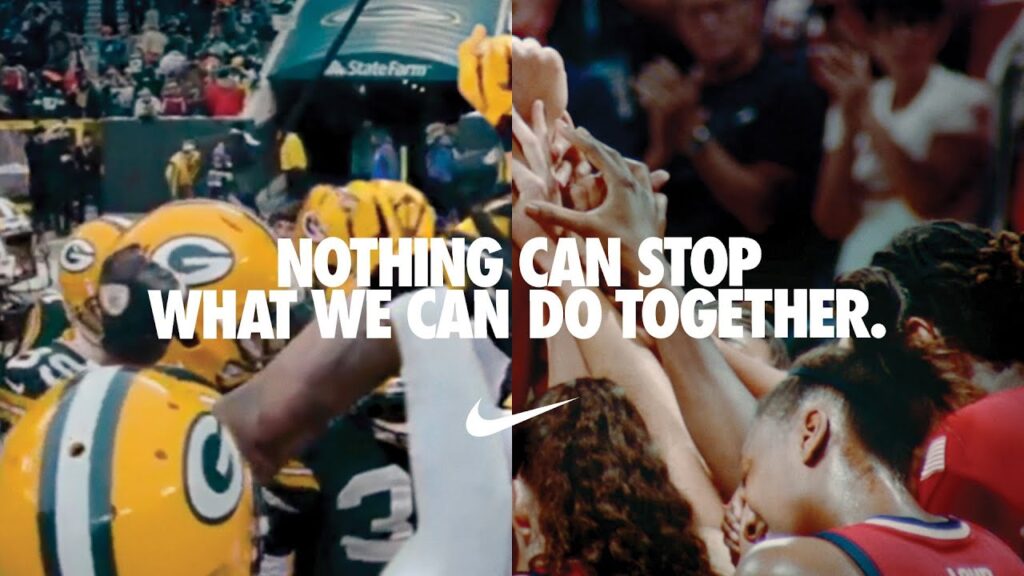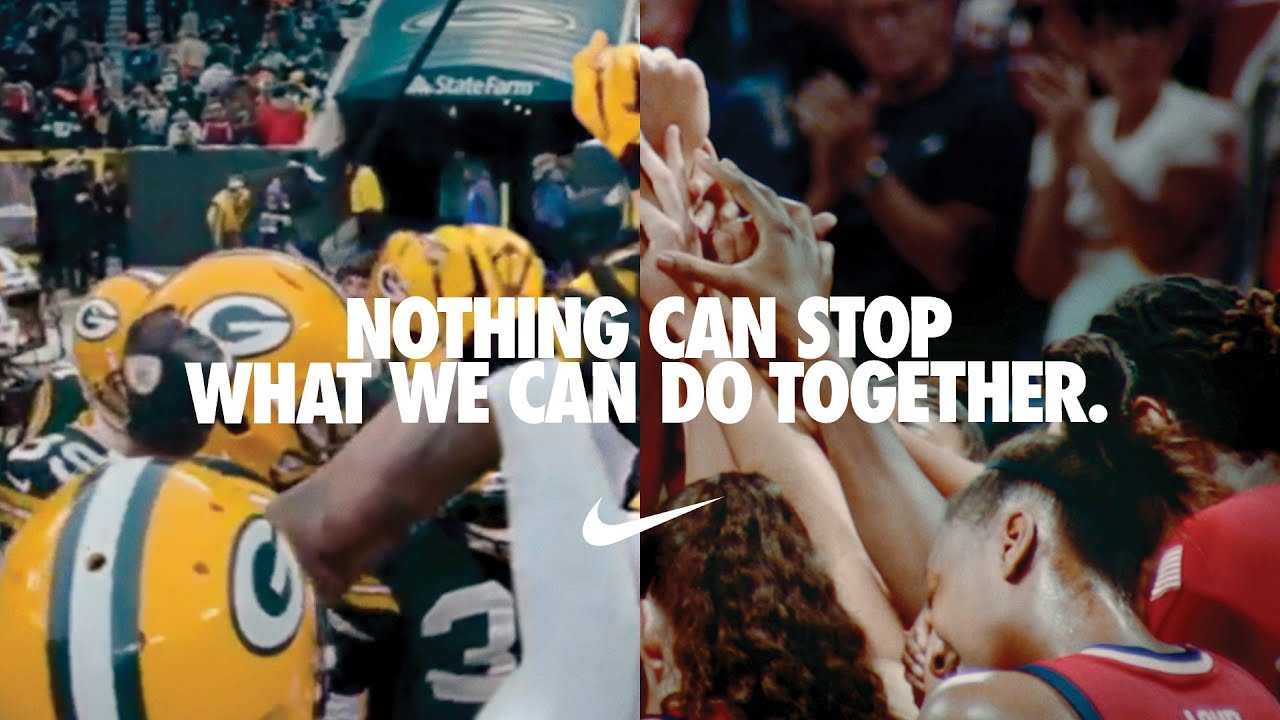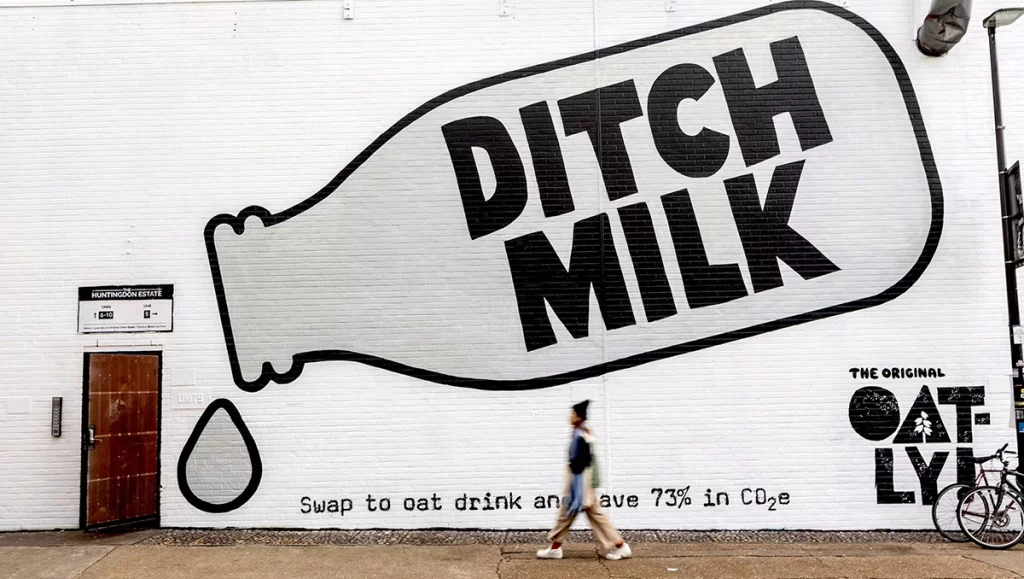Values are not just internal slogans. “Integrity.” “Innovation.” “People-first.”
You’ll find these words on countless brand walls, websites, and pitch decks. Too often, though, they remain decorative—unlived, untested, and unnoticed by customers.
In 2025, brand values only matter if they are visible in your behaviour. Values are no longer internal talking points – they’re external proof points. When behaviour contradicts stated values, the fallout is fast and often brutal.
This matters whether you’re a junior copywriter shaping campaign tone or a senior strategist reviewing brand architecture. When a brand’s behaviour reflects its values consistently, it builds trust, loyalty, and long-term impact. When it doesn’t, credibility erodes.
What are brand values, really?
Brand values are the core beliefs that shape how a business behaves – the non-negotiables that drive decisions, culture, and customer experience.
They’re not just abstract words. They must be specific, actionable, and expressed in how a brand operates. Think of them as the ethical backbone of a business – guiding how you act, not just what you say.
For example:
- A brand that values transparency publishes sourcing and pricing details openly.
- A brand that prioritises inclusion audits its hiring practices and amplifies diverse voices in marketing.
Values must show up in both words and actions.
When behaviour and values don’t match.
Misalignment between a brand’s stated values and its behaviour leads to three things:
- Confusion – customers don’t know what you stand for.
- Scepticism – customers don’t believe what you’re saying.
- Rejection – customers call you out or walk away.
Case in point: Pepsi’s Kendall Jenner ad.
In 2017, Pepsi released an advert featuring Kendall Jenner resolving a protest by handing a police officer a can of Pepsi. The intent was unity, but the execution trivialised real protest movements.
Consumers saw the contradiction. Pepsi wanted to borrow the language of social justice without living its values. The backlash was swift, and the ad was pulled.
The lesson? You cannot fake values. Customers will spot the gap between words and behaviour.
Kendall Jenner in Pepsi’s “Live for Now Moments Anthem” campaign.
When behaviour and values align.
When values are lived consistently, customers notice. They see proof, not posturing. Trust deepens, advocacy grows, and the brand becomes more than a product.
Case in point: Nike.
Nike has built its brand on empowerment and equality. From championing female athletes to supporting Colin Kaepernick, the company takes clear stances on issues of representation and justice. These campaigns aren’t just ads—they are backed by investment in grassroots sport, commitments to sustainability, and programmes that widen access to fitness.
This consistency strengthens their reputation. Customers who share those values don’t just buy trainers—they see Nike as part of their identity.
The takeaway? When you live your values, your brand becomes part of people’s identity.
Nike’s “Can’t Stop Us” campaign.
A practical checklist for living your values.
Want to test if your brand is living its values? Use this framework:
- Are your values specific and actionable?
If they’re vague, refine them into behaviours you can demonstrate daily. - Do your actions match your messaging?
Audit campaigns, operations, and leadership. Are there contradictions? - Do your employees live the values?
Values should guide culture, onboarding, and decision-making—not just HR policies. - Are you willing to act when it’s inconvenient?
Values that disappear under pressure aren’t values—they’re slogans. - Do customers see the proof?
Show your values in action across touchpoints—website, service, campaigns, and leadership.
How marketers at all levels can apply this.
Applying it tactically:
- Ask how values apply to a campaign, not just copy them into a brief.
- Challenge vague or hollow statements.
- Spot gaps between behaviour and values through your closeness to culture.
Applying it strategically:
- Audit and update values so they remain relevant and credible.
- Ensure strategy and partnerships reflect core values.
- Lead by example, showing teams how values guide real decisions.
Takeaway.
Brand values are no longer hidden inside corporate handbooks – they are on show, shaping how customers judge and engage with you. Pepsi’s misstep and Nike’s consistency prove the same point: words alone are not enough.
For marketers at every level, the message is clear: don’t just claim values—live them. When behaviour reflects belief, values become one of your strongest brand assets, building trust, loyalty, and long-term impact.






